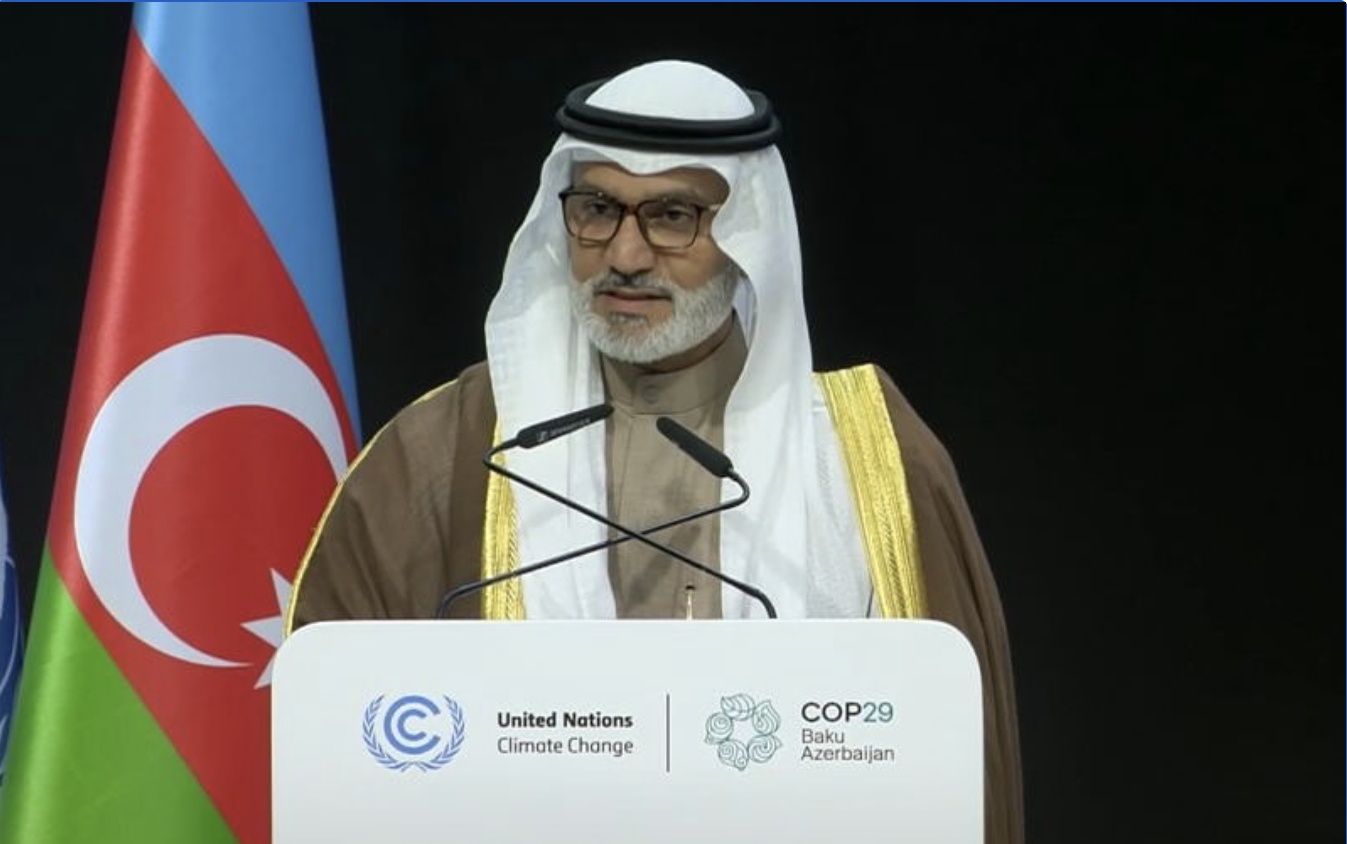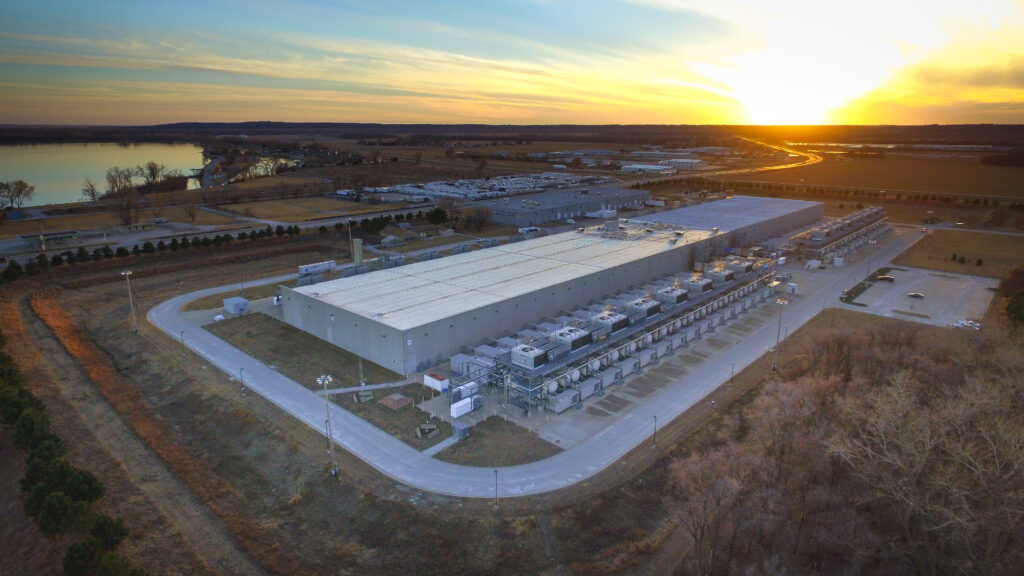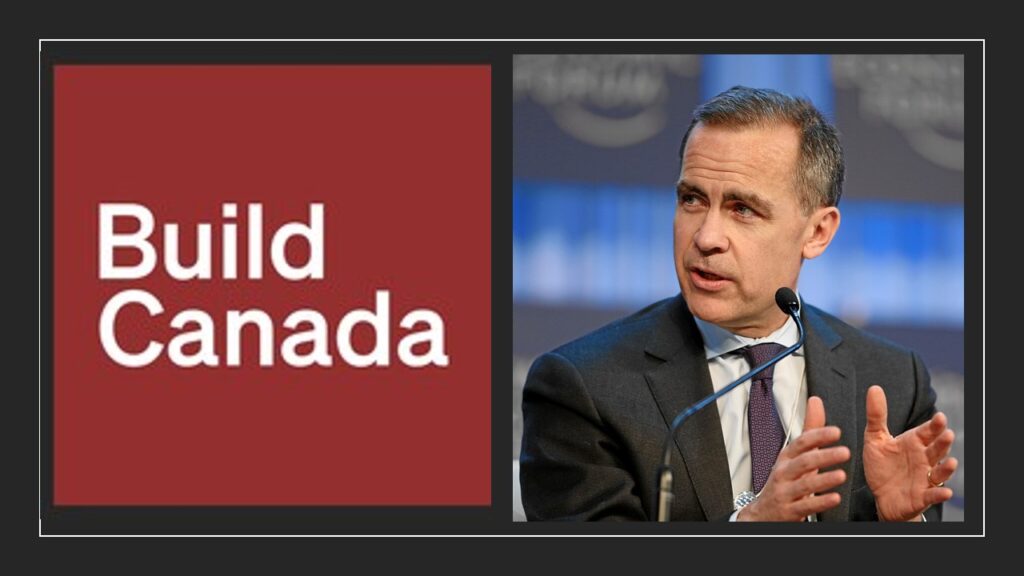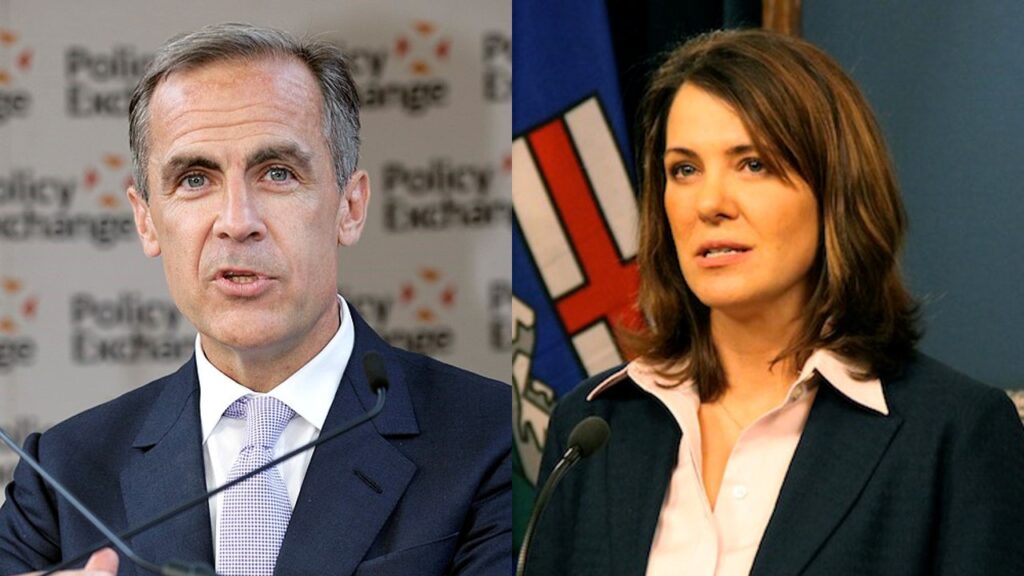Experts are urging caution after the secretary general of the Organization of Petroleum Exporting Countries (OPEC) told delegates to the Global Energy Show Canada that there is no oil peak on the horizon, and that energy demand will increase by 24 percent by 2050.
“The fact is that oil demand keeps rising, hitting new records year on year, is a clear example of what I’m saying,” Haitham al-Ghais said during his keynote address Tuesday, opening the convention in Calgary. “In fact, our projections are that oil demands will go and surpass 120 million barrels a day by 2050.”
Al-Ghais further criticized the International Energy Agency (IEA) for what he termed “flip-flopping” on their projections for future oil demand.
Subscribe to our newsletter
Stay up to date with DeSmog news and alerts
Experts do not share al-Ghais’ optimistic outlook, however.
“Oil producers — OPEC included — clearly have a financial incentive to make bullish claims about growing demand,” said Clark Williams-Derry, energy finance analyst with the Institute for Energy Economics and Financial Analysis.
“OPEC’s forecasting record is mixed at best. For key trends in oil demand, such as EV adoption, OPEC’s forecasts have been consistently terrible,” said Williams-Derry in a statement to DeSmog.
“Long-term oil prices are drifting down in the futures markets — a sign of supply growth outpacing demand,” he added. “The West Texas (WTI) oil price is $65 a barrel today, trending down to $59 a barrel in 2036.”
Williams-Derry noted that the decline is even steeper when adjusted for inflation.
Though in his keynote address al-Ghais claimed OPEC’s projections are not ideological, and evidence-based, he also alternated between dismissing reports that oil demand is falling — particularly those of the IEA — and warning that such reports are dangerous.
“The consequences of this mixed messaging are serious for a capital-intensive industry with long lead times for investments,” al-Ghais noted. “Bodies that are entrusted with guiding policy on global energy affairs should not reverse course every couple of years if they want to remain credible and relevant. OPEC has been consistent in repeatedly stating that inadequate investments in our industry is a dangerous matter.”
Al-Ghais stated oil investment ambivalence was as bad for producers as much as consumers and the wider global economy. His message was well-received by conference delegates, a number of whom — including Alberta Premier Danielle Smith — referenced his statements throughout the conference to support arguments in favour of continued investment in the oil sector.
However, al-Ghais’ optimistic outlook is challenged by OPEC’s own projections: OPEC cut its demand growth forecast in April, citing first quarter 2025 data indicating lower demand for 2025 and 2026 due to U.S. President Donald Trump’s tariff war.
The U.S. Energy Information Administration (EIA) also anticipates declines in U.S. production and lower oil prices as global oil supply grows.
Perhaps most significantly, the IEA’s May 2025 Oil Market Report projects demand to slow considerably over the course of this year, from 990,000 barrels per day in the first quarter of 2025 to 650,000 barrels per day for the rest of the year. The IEA noted increasing EV use as a major contributing factor among others for declining oil demand.
Moreover, the IEA’s report predicts global oil supply will increase by 1.6 million barrels per day to 104.6 million barrels per day on average in 2025. The organization notes demand in OECD countries (Organisation for Economic Co-operation and Development — 38 leading advanced industrial economies in North America, East Asia, Oceania, Europe, and Latin America) is projected to decline by 120,000 barrels per day in 2025, and by 240,000 barrels per day in 2026.
While falling demand is encouraging for those concerned about the environment, a radical increase in the global oil supply brings its own issues.
“A 1.6 million barrel per day increase (to global oil supply) is obviously a problem,” said IEEFA’s Williams-Derry in response to questions from DeSmog. “Oil supply must drop down if the world is going to avoid catastrophic climate change.”
Oil Growth Now Unrelated to Economy
However, Williams-Derry also notes that oil has decoupled from economic growth.
“The global economy is expected to grow by 2.8 percent this year, while oil supply is only growing by about 1.5 to 1.6 percent,” he said. “This reinforces a longer-term trend: [the economy and oil demand] no longer move upward in lock step.”
Williams-Derry further notes that the mismatch between supply and demand growth will likely push oil prices down.
“This helps explain why oil prices have fallen to their lowest level in years, and futures markets expect them to continue to fall,” he added.
“It doesn’t do OPEC nations much good if 1.5 percent demand growth requires prices to stay in the $70 range, which is generally too low to support OPEC countries’ fiscal needs for oil revenue.”
Williams-Derry believes this applies to private oil companies too.
“It doesn’t do oil companies much good if oil sales volumes are growing but oil prices are too low to support robust profits,” he said.
Though at the conference, al-Ghais pointed out that OPEC “takes climate matters very seriously,” he also said the world faces an emissions challenge — but not one pertaining to energy sources.
“I’m sure you have all been seeing the recent pushback against the unsustainable rush to unrealistic net-zero targets, and deadlines that were just fixated on deadlines and policy proposals really detached from reality,” al-Ghais told the audience. “We welcome the recent moves towards policies grounded in pragmatic energy realities and that recognize that we face an emissions challenge and not an energy sources challenge.”
Experts have long countered al-Ghais’s ideas. The UN Climate Change organization notes most nations’ climate action plans are insufficient to meet Paris Agreement targets. Climate scientists have also long argued that the quickest way to reducing emissions is to speed up the widespread transition to renewable energy sources.
Unlike al-Gais, Stephen Legault, senior manager of Alberta energy transition with Environmental Defence, doesn’t believe it’s the IEA that has flip-flopped.
He said the IEA has identified what has become the reality for the global energy market. “Starting in 2021, [the IEA was] among the first major industry forecasters to recognize that, due to the devastating impact of climate change on human life, and the global policies put in place to curtail emissions, oil consumption and, consequently, production would decline,” Legault said in a statement to DeSmog.
Legault notes no credible, non-producer-generated, oil-futures forecast exists that doesn’t show oil consumption peaking around 2030, including the IEA.
“OPEC has a vested interest in maintaining a high level of production for its member states, and as a result, appears to be viewing the world through rose-coloured glasses,” he said.
The IEA further expects global oil supply will considerably outpace demand growth, with oil inventories expected to jump by 720,000 barrels per day in 2025, to 930,000 barrels per day in 2026.
“This sets the stage for a further rebalancing of supply and demand fundamentals,” concluded the IEA’s May 2025 Oil Market Report.
“The futures market is anticipating weak demand, abundant supply, and declining prices,” said IEEFA’s Williams-Derry. “That spells trouble for the oil industry’s finances. But you won’t hear that from OPEC. As Upton Sinclair once quipped, ‘It is difficult to get a man to understand something, when his salary depends on his not understanding it.’”
Subscribe to our newsletter
Stay up to date with DeSmog news and alerts






